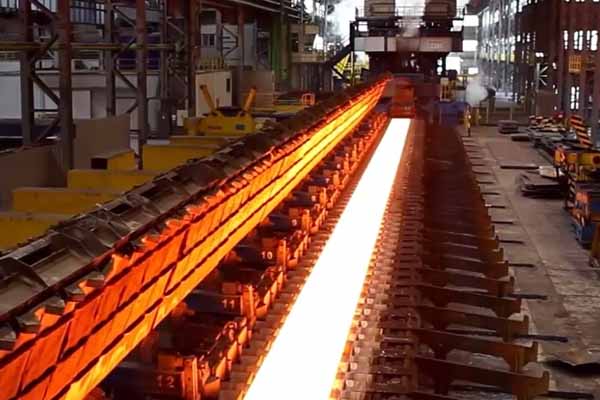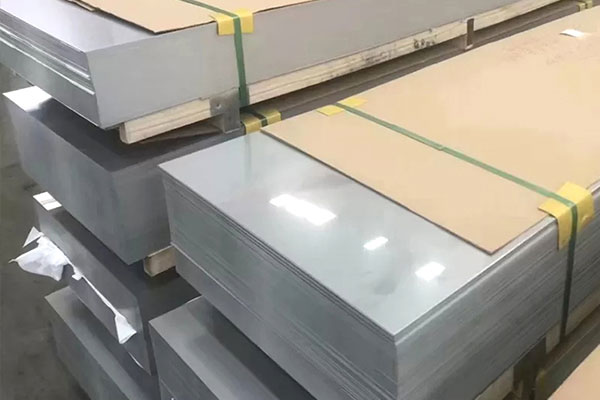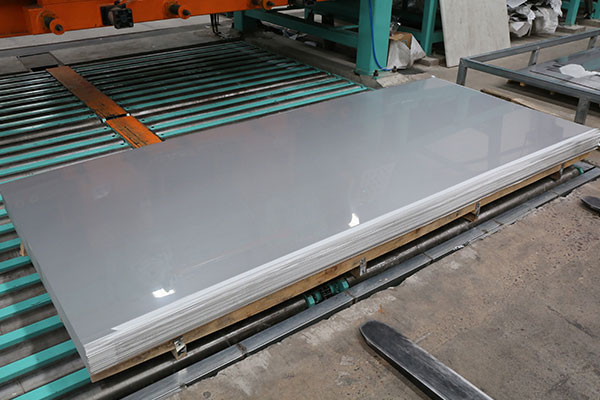Q: What are the differences in chemical composition?
A: 310 and 310S stainless steel plates differ primarily in their carbon content. While 310 stainless steel has a maximum carbon content of 0.25%, 310S is designed with a lower carbon limit of 0.08%. This lower carbon content in 310S enhances its resistance to corrosion and intergranular cracking, especially during welding. Both grades share similar chromium and nickel compositions, which provide excellent oxidation resistance and corrosion resistance. The key distinction lies in the controlled carbon level of 310S, making it more suitable for high-temperature applications and welding processes.
Q: How do their high-temperature properties differ?
A: Both 310 and 310S stainless steel plates offer good high-temperature performance, but 310S excels in environments exceeding 1200°C. 310 stainless steel is suitable for temperatures up to 1150°C, providing reliable oxidation resistance and strength. However, 310S, with its lower carbon content, demonstrates superior creep resistance and thermal stability, making it ideal for prolonged high-temperature service. This enhanced performance is particularly valuable in applications such as burners, furnace linings, and heat treatment equipment where long-term exposure to extreme heat is common.
Q:What about their welding performance?
A: When it comes to welding, 310S stainless steel outperforms 310 due to its lower carbon content. While 310 stainless steel can be welded, its higher carbon content makes it more susceptible to intergranular corrosion and cracking during high-temperature welding processes. In contrast, 310S exhibits excellent resistance to cracking and corrosion, requiring minimal post-weld heat treatment. This makes 310S a preferred choice for complex structures that involve extensive welding, especially in high-temperature applications.
Q: How do their corrosion resistance properties compare?
A: 310S stainless steel generally offers better corrosion resistance than 310, particularly in moist or steamy environments. Although 310 stainless steel performs well in dry, high-temperature conditions, its corrosion resistance is compromised in damp settings. On the other hand, 310S, with its lower carbon content and higher chromium-nickel ratio, provides superior resistance to corrosion caused by steam and moisture. This makes 310S ideal for applications in chemical processing equipment, steam pipelines, and marine environments where corrosion resistance is critical.
Q: What are the differences in mechanical properties?
A: 310S and 310 stainless steel plates have distinct mechanical properties tailored to different applications. 310 stainless steel boasts higher strength and hardness, making it suitable for applications requiring robust mechanical performance, such as structural components in high-temperature furnaces. In contrast, 310S stainless steel offers better toughness and formability, which facilitates complex shaping and welding processes. Its mechanical properties remain stable even under high-temperature and welded conditions, making it a versatile choice for demanding environments.
Q:What are the typical applications for each grade?
A: The choice between 310 and 310S stainless steel plates depends largely on the specific requirements of the application. 310 stainless steel is commonly used in high-temperature structural components like burners, furnace linings, and high-temperature piping, where its strength and oxidation resistance are crucial. Meanwhile, 310S stainless steel is preferred for applications involving welding, corrosion resistance, and thermal cycling, such as heat treatment equipment, chemical processing components, and furnace internals. 310S is also ideal for applications requiring long-term stability at elevated temperatures and complex welding processes.
Q: How to choose between 310 and 310S stainless steel plates?
A: Selecting between 310 and 310S stainless steel plates requires careful consideration of the application’s demands and environmental conditions. If the primary focus is on high-temperature oxidation resistance and mechanical strength with minimal welding, 310 stainless steel is a suitable option. However, for applications requiring superior welding performance, corrosion resistance, and thermal cycling stability—especially in high-temperature environments—310S stainless steel is the better choice. Overall, 310S offers enhanced comprehensive performance in demanding conditions, though it may come at a higher cost.
 English
English Русский
Русский







